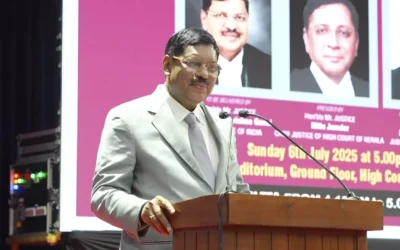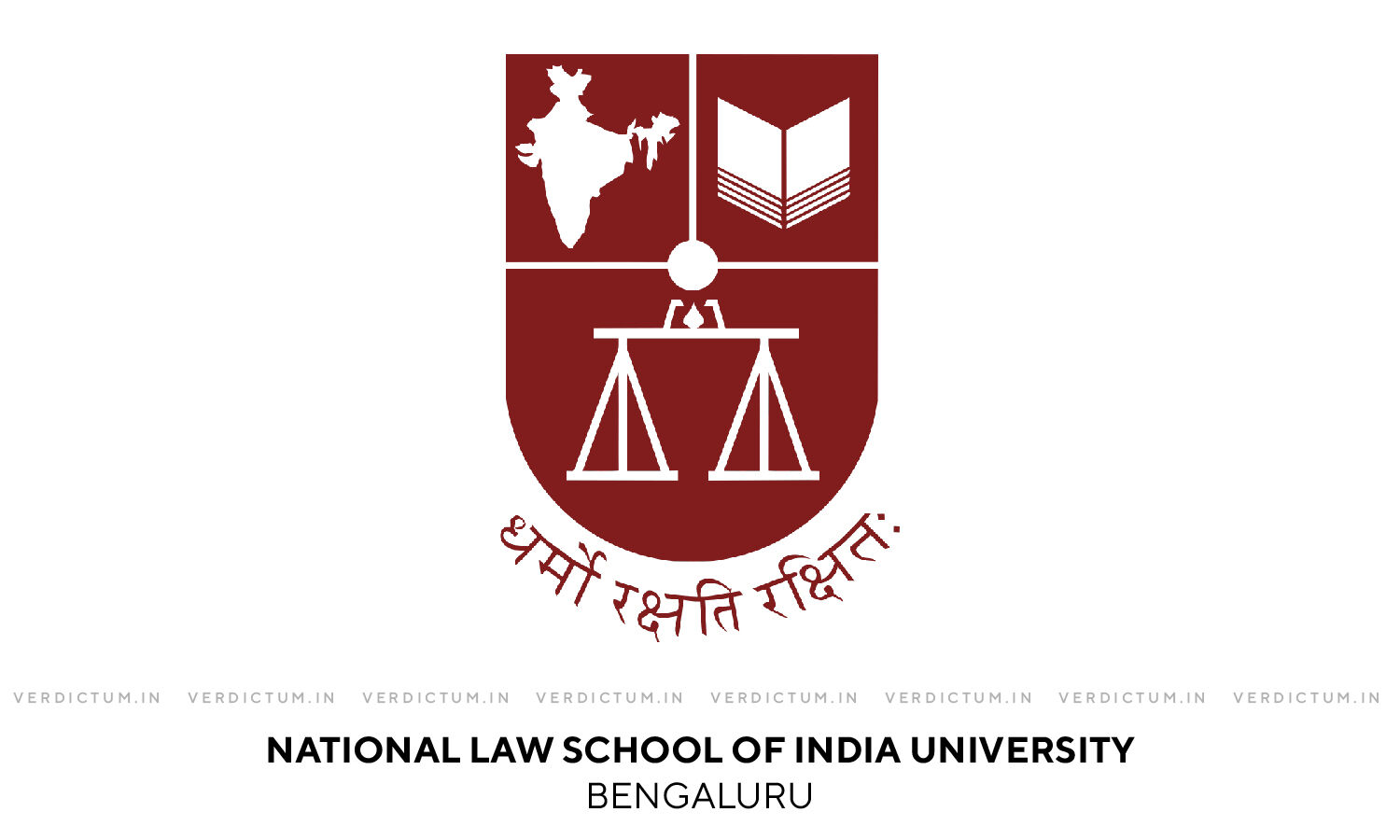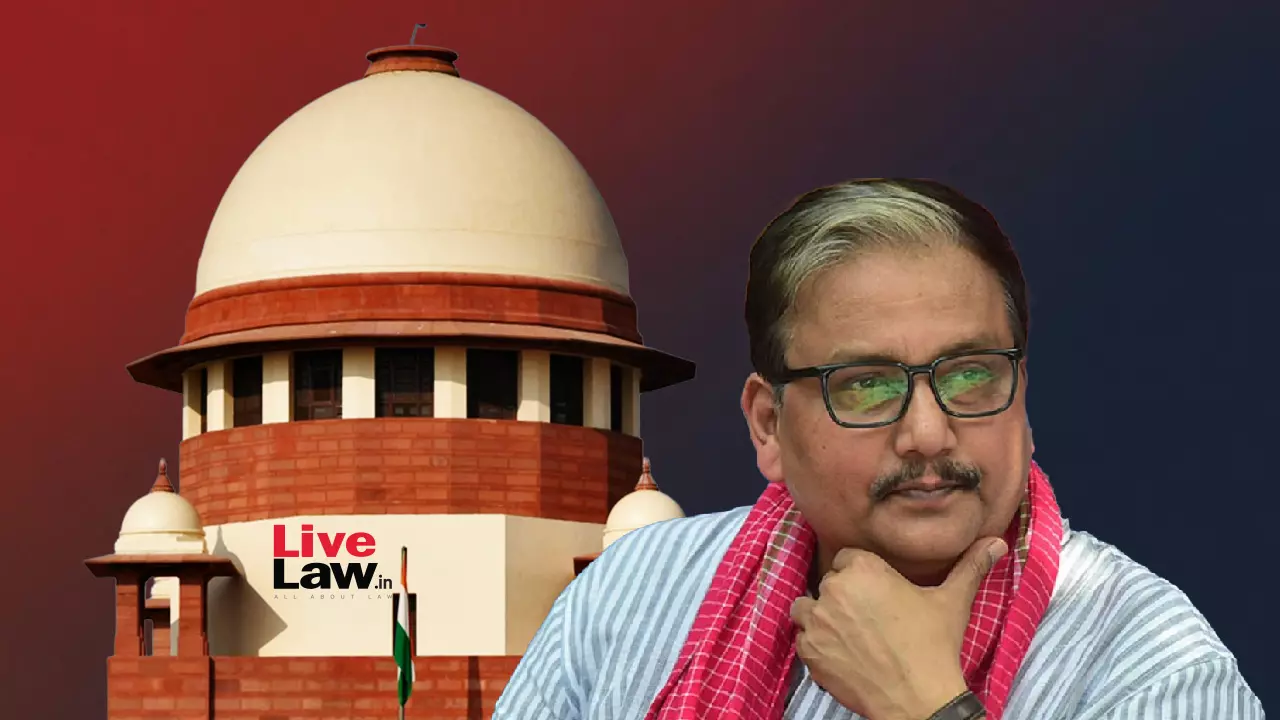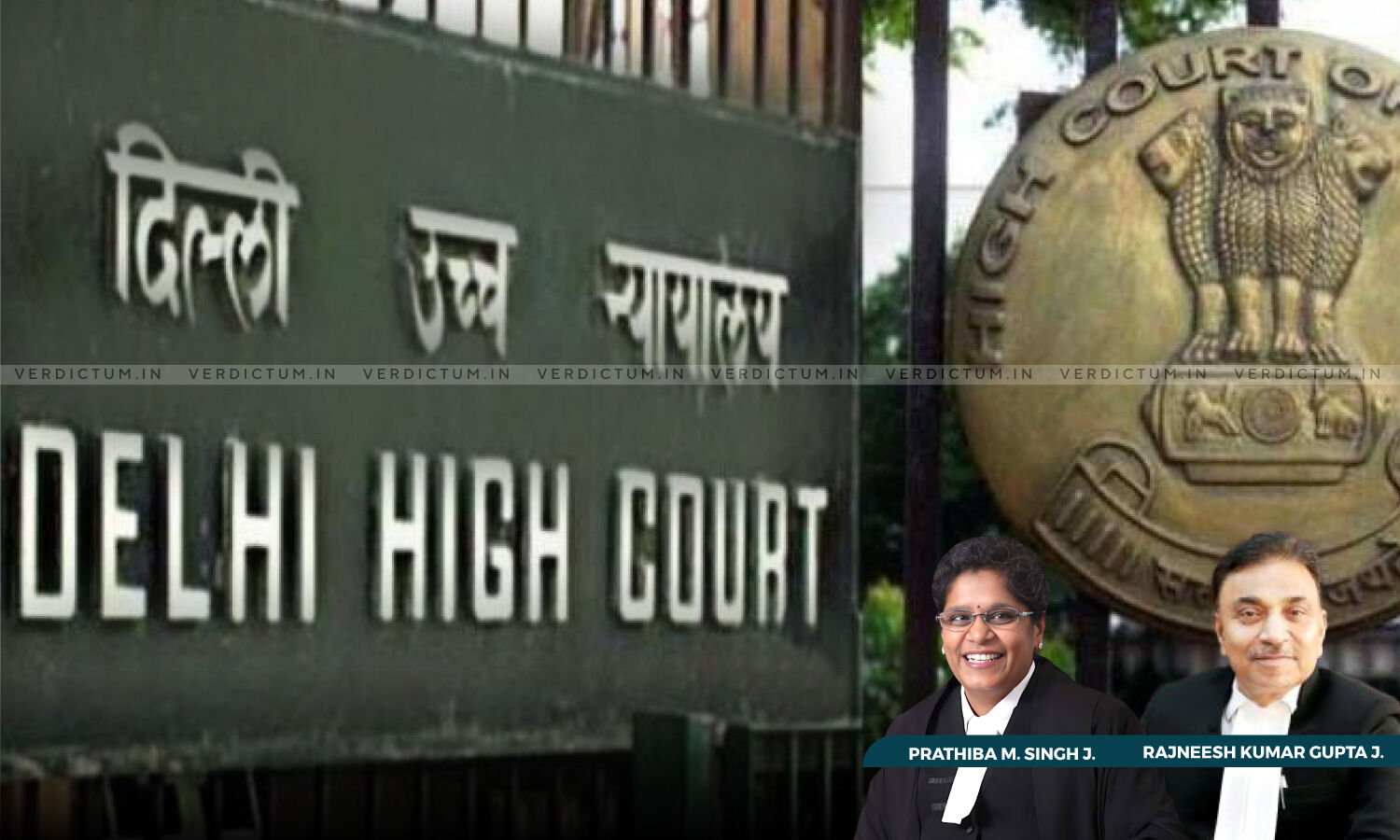Krishna Iyer’s Principle ‘Bail Is The Rule’ Was Somewhat Forgotten By Courts Recently: CJI BR Gavai
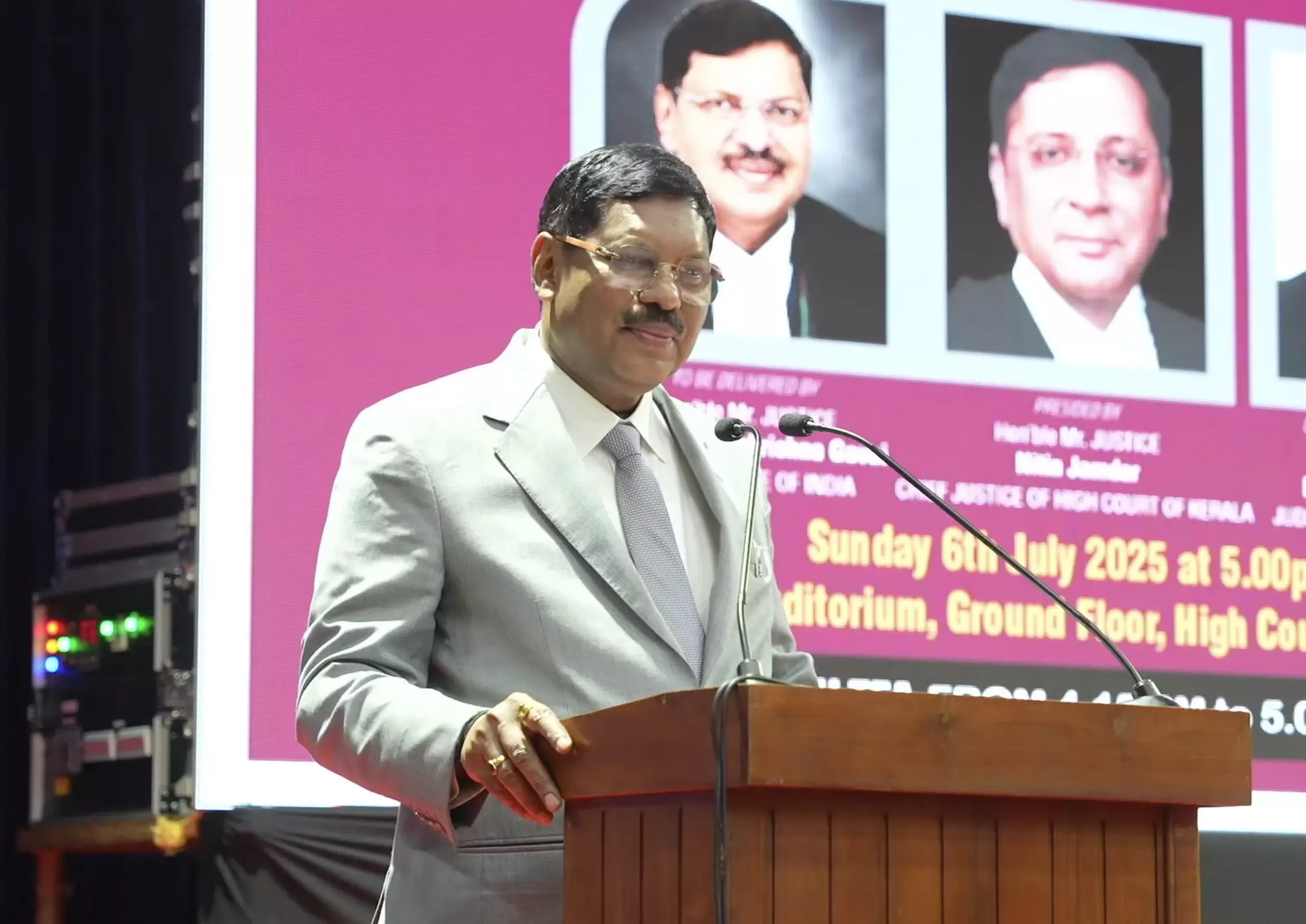
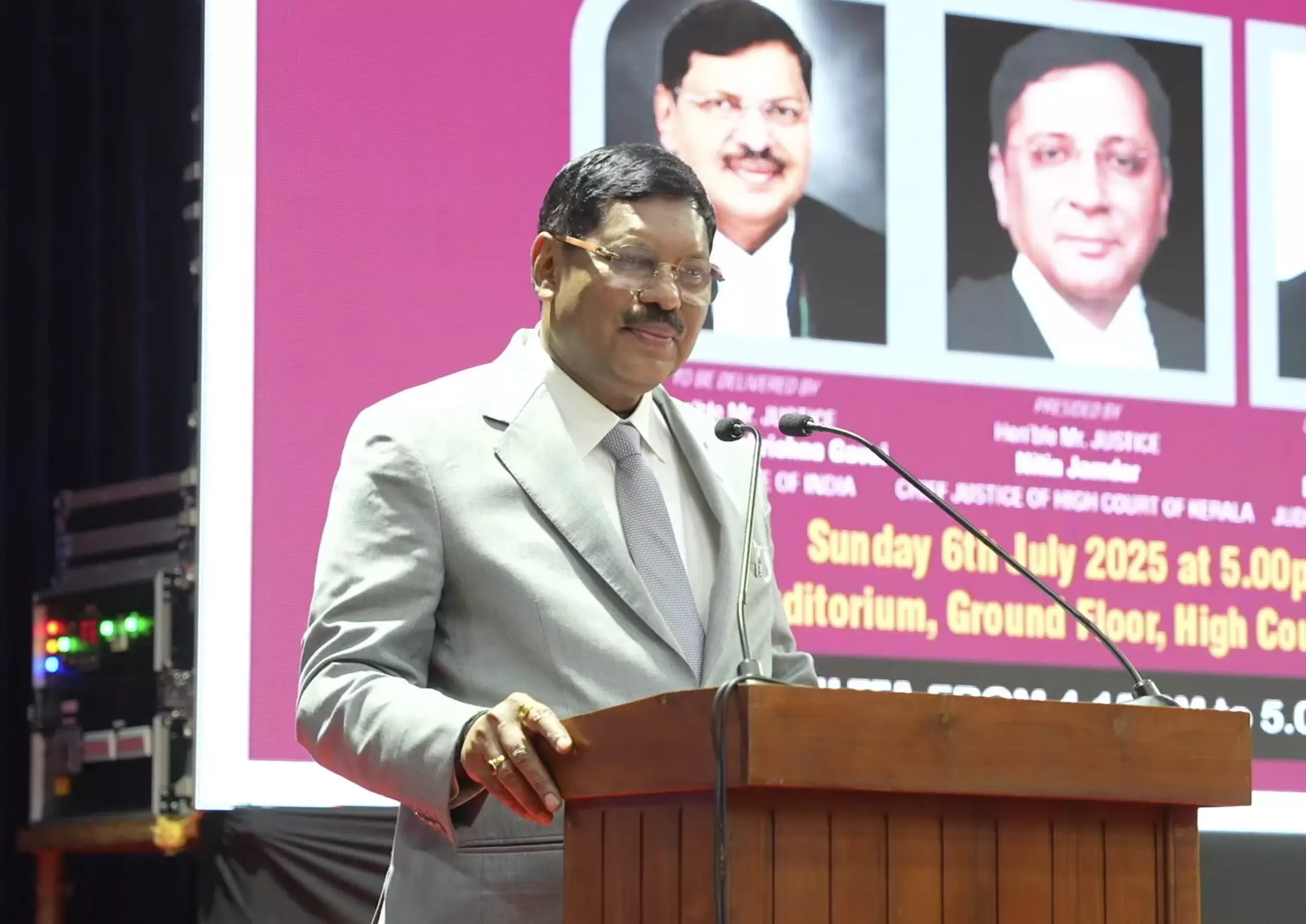
Chief Justice of India BR Gavai on Sunday acknowledged that the precept that bail is the rule and jail the exception had been considerably forgotten in latest instances.
Nonetheless, he stated he had a possibility to reiterate it within the bail instances of Manish Sisodia and Kavita v. Enforcement Directorate final yr. He famous that Justice VR Krishna Iyer was in favour of granting bail with protecting and healing situations and opposed imposing onerous situations regarding safety and sureties. The CJI highlighted that Justice Iyer believed undertrials shouldn’t be jailed for lengthy intervals.
“Justice Iyer is thought for breaking new grounds in Indian judiciary by asserting what was as soon as taboo – bail is the rule and jail the exception. I admit that in latest previous this precept was considerably forgotten however I had a possibility the final yr to reiterate this authorized precept within the instances of Prem Prakash, Manish Sisodia and Kavitha versus the ED”, Chief Justice Gavai stated.
This concern that the precept has been forgotten has been repeatedly flagged by the Supreme Courtroom itself lately, particularly in instances beneath stringent legal guidelines just like the Prevention of Cash Laundering Act (PMLA) and the Illegal Actions (Prevention) Act (UAPA).
In Manish Sisodia’s bail order, the Supreme Courtroom noticed that trial courts and excessive courts have “forgotten the precept that bail is the rule and jail an exception,” opting as an alternative to “play protected” by routinely denying bail.
Final yr, whereas denying bail to a person charged beneath the UAPA, the Supreme Courtroom bench of Justice MM Sundresh and Aravind Kumar observed that beneath the UAPA, “jail is the rule and bail an exception”. Nonetheless, this judgment was later distinguished by one other bench led by Justice Abhay Oka that held that ‘bail is the rule, jail is the exception’ even in particular statutes just like the UAPA.
The CJI delivered the eleventh Justice VR Krishna Iyer Memorial Lecture organised by Sarada Krishna Satgamaya Basis For Regulation And Justice on the Kerala Excessive Courtroom on the subject “Position of Justice VR Krishna Iyer in Balancing the Elementary Proper and Directive Rules of State Coverage.”
CJI Gavai described Justice Krishna Iyer as certainly one of India’s most transformative judicial minds who revolutionized the authorized system. He stated Justice Iyer was deeply related to the reason for the individuals, and that his jurisprudence was not confined to courtrooms however mirrored the struggles of the widespread man.
Within the Constitution Bench judgment on sub-classification of Scheduled Castes for reservation, CJI Gavai stated he had referred to Justice Iyer’s statement in State of Kerala v. NM Thomas, the place he had stated each state should obtain precise equal partnership for Scheduled Castes.
Describing Justice Iyer as “a thinker on the bench, a poet in jurisprudence and a visionary in public life,” CJI Gavai stated his judgments had been “ethical compasses infused with compassion, fairness and deep constitutional perception.” He stated Justice Iyer noticed the Structure as a dynamic instrument of social transformation and remained a human rights champion all through his life.
Talking on the historic battle between Directive Rules and Elementary Rights, the CJI stated that till 1973, courts had constantly dominated that in case of battle, Directive Rules should give method to Elementary Rights. This modified with the 13-judge bench in Kesavananda Bharati, which not solely laid down the essential construction doctrine but in addition resolved the battle by holding that Elementary Rights and Directive Rules are collectively the conscience of the Structure.
The CJI famous that Justice Krishna Iyer believed that DPSPs and Elementary Rights had been “symbiotic, not antagonistic”, and “two sides of the identical constitutional coin.”
Referring to Justice Iyer’s opposition to the dying penalty, CJI Gavai stated he was influenced by seeing an harmless man hanged as a younger lawyer. In Ediga Anamma v. State of Andhra Pradesh, Justice Iyer commuted a dying sentence to life imprisonment and outlined the Indian regulation’s optimistic indicators towards the dying penalty. In Rajendra Prasad v. State of Uttar Pradesh, he restricted the scope of dying penalty beneath Part 302 (homicide) IPC.
Justice Iyer’s view, the CJI stated, was that the dying penalty was barbaric and uncivilized, and he continued to advocate for its abolition even outdoors courtroom, regardless of the courtroom’s earlier ruling upholding it in Jagmohan Singh v. State of UP.
In NM Thomas, CJI Gavai stated Justice Iyer helped change the understanding of Article 16(4) from being an exception to being a side of the bigger assure of equal alternative beneath Article 16(1). Justice Iyer had described Article 16(4) as a constitutionally sanctioned classification inserted as a result of drafters’ over-anxiety for readability.
“Justice Krishna Iyer described Article 16(4) as an emphatic assertion of equal alternative emphasizing that it was not a mere exception however an important a part of the constitutional assure of equality. He considered it as an illustration of constitutionally sanctioned classification inserted individually as a result of over nervousness of the draftsmen to make issues clear past doubt. In doing so justice Krishna Iyer modified the understanding of affirmative motion. It’s a constitutionally official technique of reaching substantial equality relatively than mere deviation from the principal of equal therapy to unequals”, the CJI highlighted.
On Justice Iyer’s views in Maneka Gandhi, the CJI highlighted that Justice Iyer noticed that non-public liberty is central to the price of human life, and that Article 21 have to be interpreted to incorporate the correct to stay with dignity, freedom, and full improvement. The CJI stated this interpretation led to Article 21 being expanded to incorporate the correct to potable water, meals, shelter, pollution-free surroundings, medical therapy and extra.
Justice Iyer’s concern for prisoners’ rights was additionally highlighted. The CJI stated, “He underscored State’s obligation to safe simply and humane situations for the prisoners. In a number of landmark choices he not solely uncovered the deplorable situations of incarceration but in addition supplied constructive and options for current reforms, issuing instructions to make sure that even these behind bars lived with dignity and compassion inside the framework of the present regulation and the constitutional framework.”
In Sunil Batra v. Delhi Administration, Justice Iyer handled the harassment of a dying row prisoner and held that “primary prisoner decency is a side of prison justice.”
Justice Iyer additionally addressed gender discrimination within the case of CB Muthamma v. Union of India involving the Indian International Providers. His judgment led to the removing of discriminatory practices and promoted gender parity in public employment.
CJI Gavai highlighted that by 1980, Justice Iyer and Justice Bhagwati took the courtroom in a brand new route by evolving a human rights-centric jurisprudence. The standard locus standi was deserted in favour of Public Curiosity Litigation, together with the courtroom’s epistolary jurisdiction.
The CJI stated this innovation helped deprived sections of society entry justice and introduced the courtroom worldwide prominence. “This progressive weapon initially employed by public spirited residents to file PILs on behalf of the sections of the society that had been unable to take action on their very own on account of financial and social constraints continues to be bringing about extraordinary enhancements in individuals’s every day life right this moment”, the CJI stated.
Quoting Justice Iyer, he stated, “When the historical past of Indian judiciary involves be written, PIL might be glorified as a globalist ally of the little Indian.”
In a single such PIL, Justice Iyer handled a prisoner’s letter as a writ petition and remarked, “Freedom behind bars is a part of our constitutional tryst. If wars are too vital to be left to the generals, absolutely prisoners’ rights are too treasured to be left to the jailers.”
The CJI identified that Justice Iyer considered basic rights as freedoms not simply to amass and maintain wealth, however freedom from poverty and distress. His distinctive values, strategies, and elegance of judgment-writing proceed to be studied and admired. He offered aid to marginalised litigants who had been in any other case denied justice as a consequence of technicalities.
CJI Gavai stated that Justice Iyer’s jurisprudence reshaped the judiciary’s position and moved it past legalistic method to a dynamic socio-economic revolution. Via PILs and expansive constitutional interpretation, Justice Iyer demonstrated how the hole between Directive Rules and Elementary Rights might be bridged.
“Justice Iyer’s affect stems from his distinctive values, unconventional method, progressive strategies and distinctive language and the fashion of his judgements all of which proceed to be studied and admired even right this moment. Justice Iyer’s jurisprudence essentially formed the judiciary, the elemental rights, and the Directive Rules of State Coverage. He moved the courts past the extra legalistic interpretation to a dynamic socio-economic revolution. He demonstrated how judicial activism notably via the PIL might be a robust instrument to deliver the hole between constitutional beliefs of Directive Rules of State Insurance policies and the lived realities of basic rights, making justice accessible and significant for all”, the CJI stated.
He added, “Justice Iyer’s method teaches us that constitutional interpretation requires a nuanced understanding of the aspirations of the individuals, the socio-economic realities, and the transformative targets embedded in our Structure.”
CJI Gavai concluded by calling Justice Iyer his guiding star, position mannequin and lighthouse. “In my journey as a decide for the final 22 years I’ve tried to observe Justice Krishna Iyer’s legacy in the direction of dedication of social and financial justice. I do not know the way far profitable I’ve been,” he stated.
“Each time a bench emphasizes substantive justice over technicalities, each time a judgement expands the protecting umbrella of the elemental rights for the weak, each time the courtroom workout routines powers to uphold human dignity and social equality, Justice Krishna Iyer’s legacy isn’t just honoured however truly lived,” he stated.
Former Kerala Excessive Courtroom Decide Justice Okay Balakrishnan Nair, the President of the SKS Basis of Regulation & Justice, delivered the Welcome Speech. The Presidential deal with was delivered by Chief Justice of the Kerala Excessive Courtroom Nitin Jamdar.
Justice Devan Ramachandran of the Kerala Excessive Courtroom delivered the commemoration deal with. Adv. Sanand Ramakrishnan, Secretary, SKS Basis for Regulation and Justice, delivered the vote of thanks.
The video of the occasion will be watched here :

